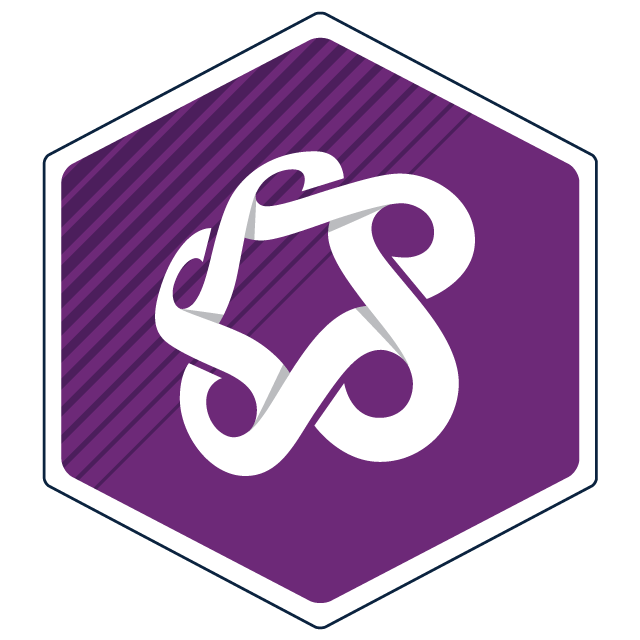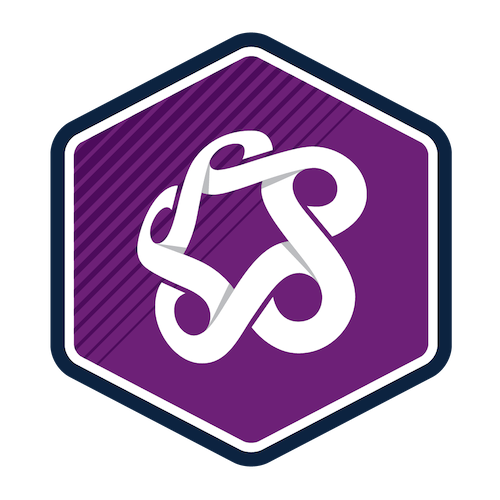Overview
Project initiation — defining and authorizing a project — is a crucial phase in project management as it sets the foundation for the entire project. It requires skill to initiate projects effectively.
In this course, you'll learn how to articulate a business case, gain agreement on a high-level plan and properly initiate your project. Based on the latest version of the Project Management Institute's (PMI's) A Guide to the Project Management Body of Knowledge (PMBOK® Guide), this course also examines how different organizational structures impact projects and explains the commonly used project development methods, including predictive, iterative, incremental and agile approaches.
Through hands-on activities, you'll learn how to write a project charter, perform a stakeholder analysis and create a project communications plan. You'll also explore the concepts of management, leadership and different leadership styles.
You'll have access to engaging online content and assessments and the expert guidance of our industry-trained instructors, who will ensure you get the most from this applied learning experience.
This course is ideal if you are:
- preparing for project management roles or enhancing your skills to align with PMI’s standards and best practices
- responsible for starting or managing projects and want to ensure proper alignment of business requirements with project goals
- pursuing PMI Certified Associate in Project Management (CAPM)® or Project Management Professional (PMP)® certification.
® "PMI", "PMBOK", "CAPM", "PMP" are registered trademarks of the Project Management Institute, Inc.
Upon successful completion of this course, you’ll be able to:
- describe the strategic context of a project and how to align it with the organization’s strategic goals
- select the solution from a broad range of alternatives that best supports your organization’s strategic goals
- use essential project analysis tools and techniques to support organizational alignment
- analyze various organizational structures and their influence on the project environment
- choose the project development approach that best supports your project type and organizational needs, ranging from predictive to agile
- initiate your project using a project charter, stakeholder engagement plan and communications plan
- apply the principles of servant leadership to support the project environment.
You’ll demonstrate your skills and knowledge through four assignments. All coursework must be completed as outlined in the course schedule and no later than the course end date.
This course may be used toward educational prerequisites for attaining PMI certifications or professional development units (PDUs) to maintain certifications. Additional education, exams and/or work experience requirements may apply.
Upcoming dates
Select an available section and add it to your cart. When you're ready, proceed to check out to sign into your student account and complete your registration.
Don't have a student account? Let's set one up!
Registration closes seven days before the start date for on-campus, online scheduled, and blended courses, and one day before the start date for online self-paced courses.
After you've completed this course
Upon successful completion of this course, you'll be able to self-print a proof of completion document from your Continuing Education student account.
Micro-credential
Aligned to current industry standards, SAIT’s micro-credentials develop practical, real-world skills and include competency-based testing. Earning a SAIT micro-credential demonstrates to employers you have the required competencies — both skills and knowledge — to get the job done.

Students who successfully complete this course with a final grade of A- (80%) or higher will earn a micro-credential and receive a shareable digital badge.
Costs
Textbook and reading list
Included in the purchase of this course, you’ll receive an online version of the PMBOK® Guide (Seventh Edition) for the duration.
You may optionally purchase a PMBOK® Guide (Seventh Edition) hard copy or e-book from your preferred vendor.
Technology
To be successful in this course, you’ll need:
- Access to your own computer or laptop with standard hardware/software requirements.
- Internet access
A functional webcam and microphone are recommended to allow for a more collaborative learning experience.
Financial support
Financial opportunities are available to help pay for your course fees. Learn more about how to reduce your education or training costs with available awards, bursaries, loans and grants, including the Canada Alberta Productivity Grant.
Applicable certificates
This course applies to the following certificate programs:

Train your team
Interested in group training opportunities for this course? Tell us about your organization's needs, and one of our training consultants will contact you within one business day.

Oki, Âba wathtech, Danit'ada, Tawnshi, Hello.
SAIT is located on the traditional territories of the Niitsitapi (Blackfoot) and the people of Treaty 7 which includes the Siksika, the Piikani, the Kainai, the Tsuut’ina and the Îyârhe Nakoda of Bearspaw, Chiniki and Goodstoney.
We are situated in an area the Blackfoot tribes traditionally called Moh’kinsstis, where the Bow River meets the Elbow River. We now call it the city of Calgary, which is also home to the Métis Nation of Alberta.
